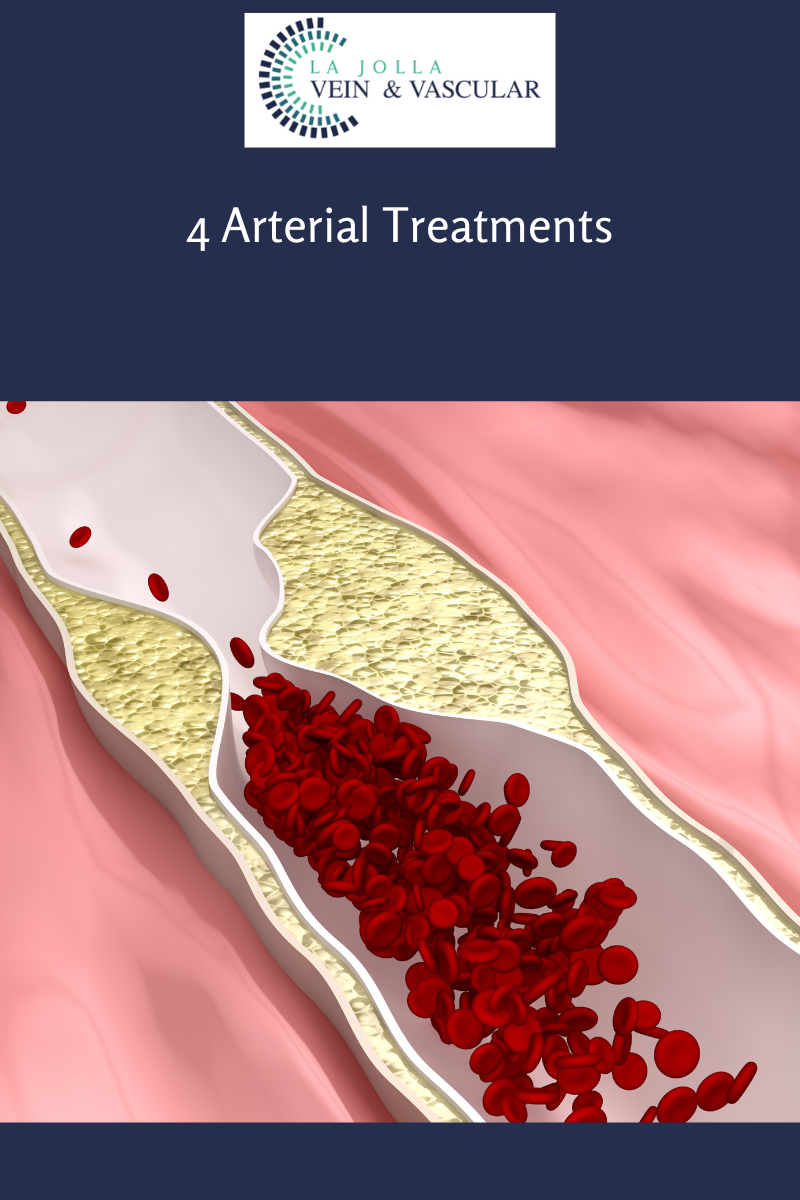Patient Transformation: varicose veins vitality
LJVascular2023-08-29T17:43:24-07:00Patient Transformation: varicose veins vitality
Varicose veins, those twisted and bulging veins just beneath the surface of the skin, can be a common concern for many individuals. While they most frequently appear in the legs, they can also emerge in other areas of the body. In this blog post, we’ll delve into […]













